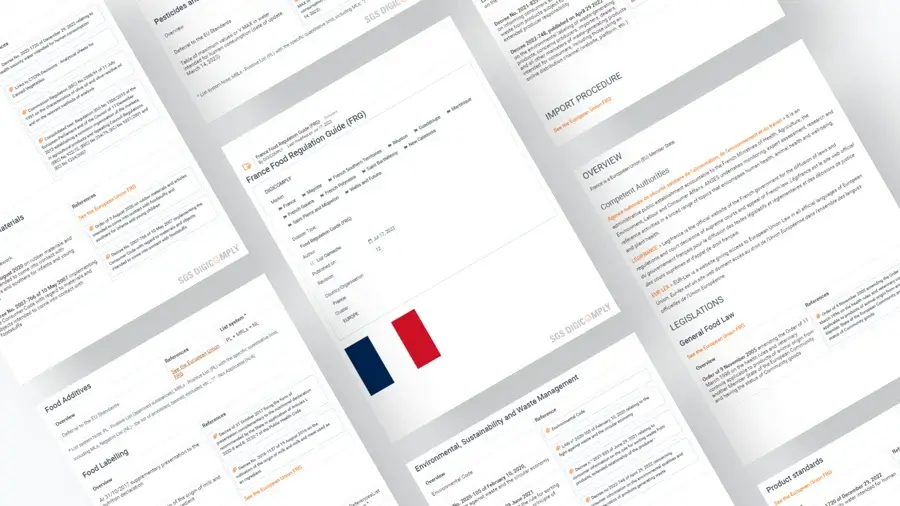Introduction
The food industry in the United States is subject to a complex regulatory framework designed to ensure safety, quality, and compliance with legal standards. This article delves into the officially verified regulatory bodies overseeing this sector, detailing their roles and responsibilities. Understanding these entities is crucial for industry professionals seeking to navigate the intricate landscape of food regulation.
United States Department of Agriculture (USDA)
The United States Department of Agriculture (USDA) plays a pivotal role in regulating the food industry. Within the USDA, the Food Safety and Inspection Service (FSIS) is the primary agency responsible for ensuring that the nation’s commercial supply of meat, poultry, and egg products is safe, wholesome, and correctly labeled and packaged. The FSIS conducts inspections and enforces regulations that are crucial for maintaining public health and safety.
Another significant division within the USDA is the Agricultural Marketing Service (AMS), which facilitates the marketing of U.S. agricultural products, including food. The AMS oversees programs that ensure fair trading practices, including the establishment of quality standards and the verification of organic products through the National Organic Program.
Food and Drug Administration (FDA)
The Food and Drug Administration (FDA), a part of the United States Department of Health and Human Services, holds the primary responsibility for regulating the majority of the U.S. food supply, encompassing everything except for meat, poultry, and certain egg products. The FDA's Center for Food Safety and Applied Nutrition (CFSAN) develops and implements regulations for food safety, nutrition, and dietary supplements. The FDA also enforces labeling requirements, ensures the safety of food additives, and monitors the safety of imported foods.
The Food Safety Modernization Act (FSMA), one of the most significant reforms in food safety laws, grants the FDA new powers to prevent food safety problems rather than just responding to them. Under FSMA, the FDA has enhanced authority to conduct inspections, mandate recalls, and establish science-based standards for safe food production.
Environmental Protection Agency (EPA)
The Environmental Protection Agency (EPA) is instrumental in regulating the use of pesticides and ensuring that drinking water meets safety standards. Through its Office of Pesticide Programs, the EPA evaluates and approves pesticides used in agriculture to ensure they do not pose unreasonable risks to human health and the environment. The EPA establishes maximum residue limits, known as tolerances, for pesticide residues on food.
Furthermore, the EPA’s Safe Drinking Water Act mandates the protection of the nation’s drinking water supply, establishing standards for water quality to prevent contamination.
Centers for Disease Control and Prevention (CDC)
The Centers for Disease Control and Prevention (CDC) is not a regulatory body but plays a critical role in the monitoring and prevention of foodborne illnesses. Through its Foodborne Diseases Active Surveillance Network (FoodNet), the CDC collects data that helps identify and track trends in foodborne diseases. The CDC collaborates with the FDA, USDA, and state health departments to respond to outbreaks and enhance food safety practices.
State and Local Regulatory Agencies
In addition to federal oversight, state and local agencies regulate various aspects of the food industry. State departments of agriculture and health departments often have jurisdiction over food safety inspections at the retail level, such as restaurants and grocery stores. These agencies work in coordination with federal entities to enforce food safety laws and regulations.
Conclusion
The regulatory framework governing the food industry in the United States involves multiple agencies, each with specific duties to ensure food safety and quality. Understanding the distinct roles of the USDA, FDA, EPA, and CDC, along with state and local authorities, is essential for industry professionals committed to compliance and the protection of public health. By adhering to regulations and leveraging the resources provided by these agencies, the food industry can maintain high standards of safety and quality, ultimately benefiting consumers and stakeholders alike.





